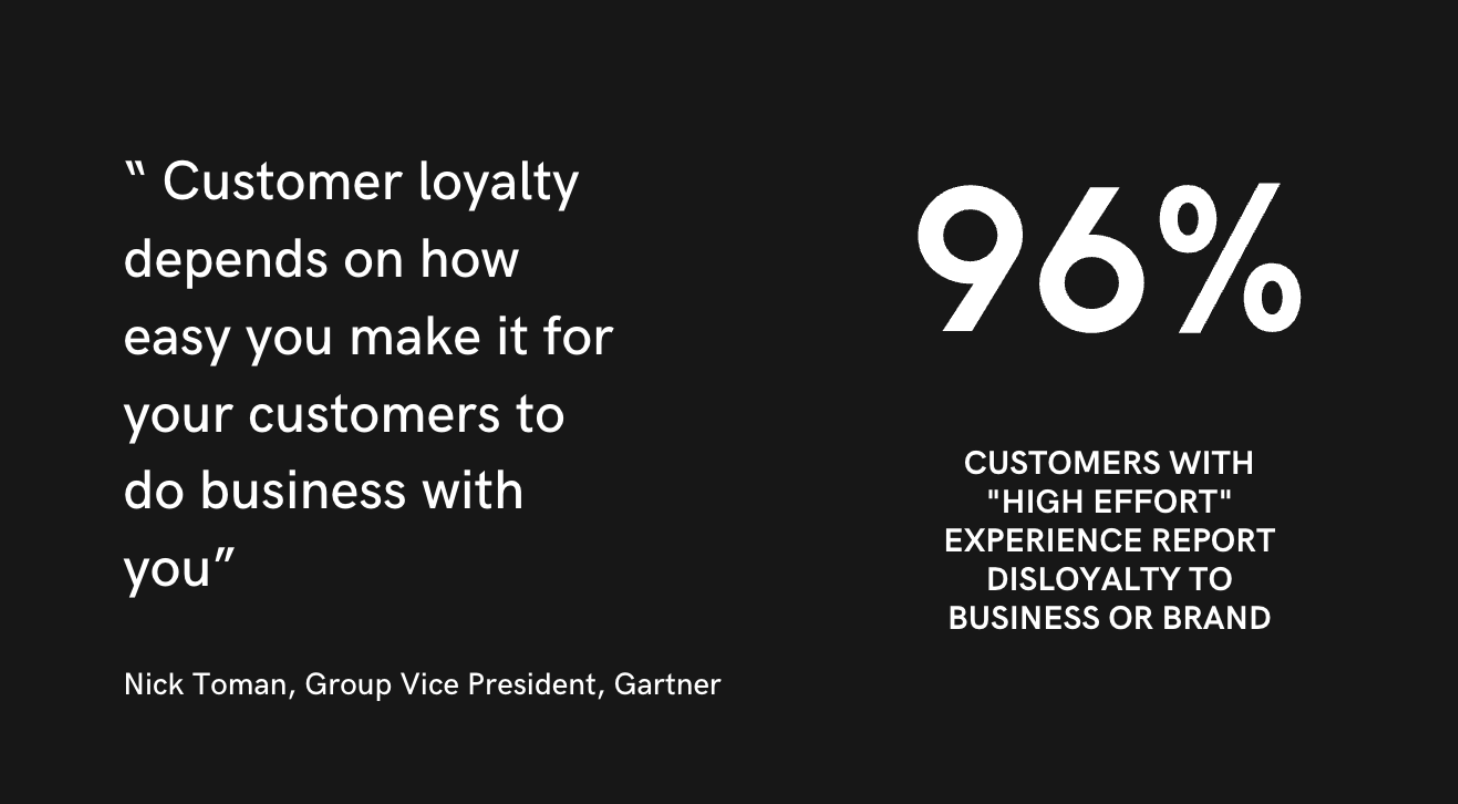Resources
Original resources on Support Driven Growth
Customer relationships aren’t that different from regular relationships. Trust is built on transparency, listening, communication, and delivering on expectations. Fail to execute on establishing these qualities and relationships start to crumble. How many of us have unnecessarily escalated a situation with a partner, parent, or child because we chose to push back instead of listen first, and then respond?
Customers may not be right, but the important thing is…they think they are. That usually stems from a problem or experience they had with your product, or a love for your product that runs so deep they desire for your product to expand into meeting even more needs. If everything was already meeting or exceeding expectations, why would they take the time to deliver the feedback or suggestion?
Companies that invest and focus in customer experience have 5 times the revenue of companies that don’t. Everyone seems to know that investing in customer experience is critical to growing a healthy business, but very few leaders know how to invest in customer experience, and very few support leaders know how to make a case for it.
The biggest hurdle expressed from C-suite and support managers alike is that it’s too challenging to quantify the success of investing in customer experience, making the ROI too nebulous to inspire action. But that’s just not the case. The problem is not that it’s challenging to see the ROI, but that we aren’t used to looking at support metrics in a way that ties back to key business metrics.
Where should we draw the line between sales and support, or sales, support, and success? Sometimes companies define the line as revenue. This is a dangerous place to draw the line for support professionals, as businesses often associate business worth and impact by revenue.
The Support Driven Growth methodology suggests an alternate approach: remove the idea of sales vs. success vs. support completely, unite under a singular customers team, and shift the discussion in models about the amount of high touch or low touch required instead.
Traditionally, support training biases towards answering questions thoroughly but quickly. Support professionals look at the story of the customer as they are and who they are to best solve their problem, but not what or who they could be.
Here are some tricks and tactic used to reply to customer support interactions in a way that drives growth, a key tactic to executing a Support Driven Growth strategy.
Being proactive in support is not randomly checking in asking “is there anything I can help you with?” In order to deliver the the kind of proactive support that drives growth, you need to understand what behaviors lead to a successful, happy customer. You also need to know what customer behaviors look like drowning. To do this, yo need to create what is known across the industry as a customer journey.
Resources by leaders in the space
Articles
What is Support Driven Growth - Mo McKibbin, Help Scout blog
The business case for Support Driven Growth - Nick Francis, Help Scout blog
Measuring the ROI of Customer Experience - Delighted Blog
Webinars
Support Driven Growth - Elevating support teams to drive business results





